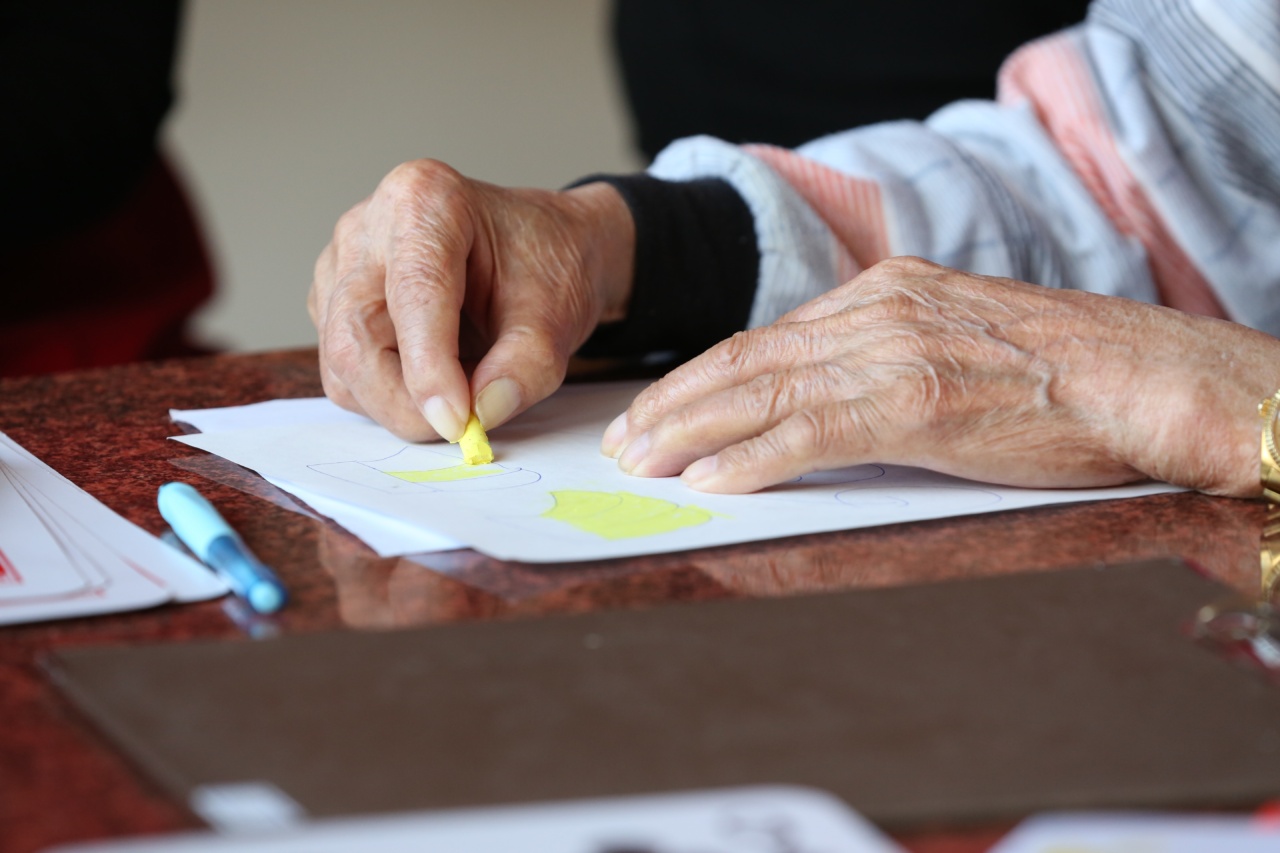As we age, we become more susceptible to various health conditions, including discopathy and arthritis. Both of these conditions are considered sources of pain and discomfort, often affecting individuals who are aged 50 or older.
In this article, we will provide an overview of discopathy and arthritis. We will also explore the similarities and differences between these two conditions, and explore some of the treatment options that are available.
Discopathy
Discopathy refers to a condition that affects the intervertebral discs in the spine. These discs are fibrous cartilage that serve as shock absorbers between each vertebra in the spine.
As we age, these discs start to degrade and shrink, leading to a loss of flexibility and shock-absorption capabilities. This can result in pain, discomfort, and limited mobility.
Types of Discopathy
There are three main types of discopathy:.
- Cervical discopathy: affects the neck region of the spine
- Thoracic discopathy: affects the middle region of the spine
- Lumbar discopathy: affects the lower region of the spine
Symptoms of Discopathy
The symptoms of discopathy vary depending on the type and severity of the condition. Some common symptoms include:.
- Localized pain in the affected region of the spine
- Pain that radiates down the arms or legs (depending on the location of the affected disc)
- Numbness or tingling in the arms or legs
- Muscle weakness in the arms or legs
- Bowel or bladder dysfunction (in rare cases)
Treatment for Discopathy
The treatment options available for discopathy depend on the severity of the condition. Some common treatment options include:.
- Physical therapy: exercises that help strengthen the muscles in the affected area
- Medication: pain relievers and anti-inflammatory drugs
- Injections: corticosteroid injections to reduce inflammation in the affected area
- Surgery: in severe cases, surgery may be necessary to remove the damaged disc and fuse the surrounding vertebrae together
Arthritis
Arthritis is a condition that affects the joints in the body, including those in the fingers, wrists, knees, hips, and spine. There are over 100 different types of arthritis, each with its own unique set of symptoms and treatment options.
Osteoarthritis
The most common type of arthritis is osteoarthritis, which is caused by the breakdown of cartilage in the joints. This can result in pain, stiffness, and limited mobility in the affected joints.
Rheumatoid Arthritis
Rheumatoid arthritis is an autoimmune condition in which the body’s immune system attacks the joints, causing inflammation and damage. This can result in pain, stiffness, and swelling in the affected joints.
Rheumatoid arthritis can also affect other parts of the body, such as the lungs, heart, and eyes.
Symptoms of Arthritis
The symptoms of arthritis vary depending on the type and severity of the condition. Some common symptoms include:.
- Joint pain and stiffness
- Swelling and inflammation in the affected joint
- Difficulty moving the affected joint
- Redness and warmth in the affected joint
- Fatigue
- Fever (in some cases)
- Weight loss (in some cases)
Treatment for Arthritis
The treatment options available for arthritis depend on the type and severity of the condition. Some common treatment options include:.
- Medication: pain relievers and anti-inflammatory drugs
- Physical therapy: exercises that help strengthen the muscles around the affected joint
- Injections: corticosteroid injections to reduce inflammation in the affected joint
- Surgery: in severe cases, joint replacement surgery may be necessary
Conclusion
Discopathy and arthritis are both common sources of pain and discomfort, especially in older adults. While these conditions have some similarities, such as joint pain and limited mobility, they also have some key differences.
Understanding the symptoms and treatment options for these conditions can help you manage your pain and improve your overall quality of life.




























